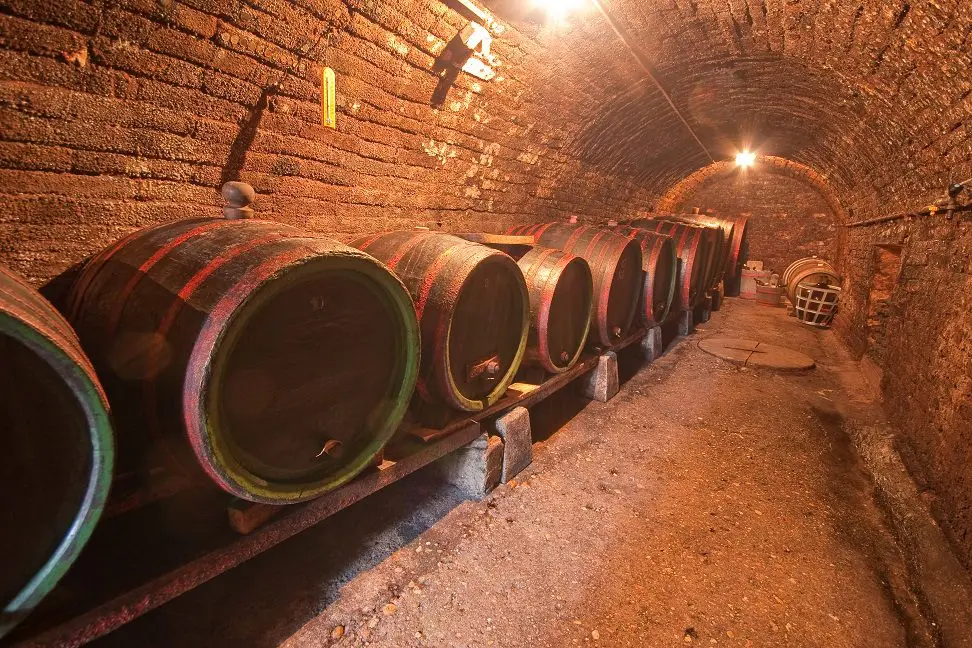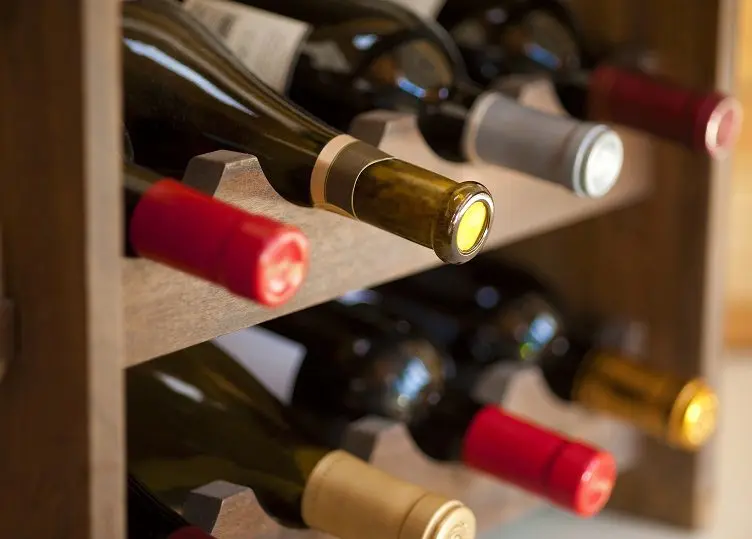There is an opinion that alcoholic drinks only get better with time, especially the inhabitants for some reason like “old wine”, but they forget that there are almost no drank wines older than 50 years old (not counting fortified ones) on sale, because they turn into jelly, and it is customary to mix century-old cognac spirits with younger ones, not only in order to save money – first of all, blenders set themselves the task of balancing the aroma and taste of the drink. It’s time to figure out why aging can be bad for the quality of alcohol.
Features of barrel aging
In barrels, an alcoholic drink is “impregnated with wood juices” – due to complex chemical processes of contact between alcohol and wood and a slight access of oxygen through the pores of the barrel, notes of vanilla, fruits, flowers, caramel, almonds, and spices appear. After 10 years, skin tones, smoke and chocolate are formed. For aging alcohol, oak barrels are mainly used, since other types of wood have a very porous structure or contain a high concentration of resins and essential oils.
Contrary to popular belief, staying too long in a barrel does not always improve the organoleptic properties of alcohol, and sometimes, on the contrary, worsens and even spoils the drink. The fact is that due to an excess of tannins, unpleasant sensations of dryness and harshness appear in the mouth. The balance between acidity, bitterness and tannins (notes of exposure) disappears. As a result, alcohol becomes “insipid” or “hard”.
The optimal aging time in barrels depends on the drink, the type of wood (there is a difference even in different species of the same tree) and the microclimatic conditions of aging: temperature, humidity, light, pressure, etc.

Bottle aging and expiration date
When stored in bottles, alcohol with a strength of 40% or more without additives (herbs, spices and other ingredients of plant origin) practically does not change. This means that the shelf life of whiskey, cognac, tequila, rum and other similar drinks away from direct sunlight in glass hermetically sealed containers is unlimited, but after bottling, the aging time is not taken into account. For example, a “three-star” cognac in a bottle will not become a “five-star” cognac in two years.
Alcohol with a concentration of less than 40% alcohol changes over time, as it contains plant components. For example, wine contains fermented grape juice, beer contains the remains of grain and hops, gin contains juniper essential oil, tinctures contain extracts of herbs, fruits and berries, and liqueurs are often based on coffee, chocolate and even dairy products. All these additives change color, aroma and taste over time. The problem is that such changes are not always beneficial – in a certain period, organoleptic properties deteriorate.

All low-alcohol and alcoholic drinks with additives go through a life cycle:
- Birth – immediately after the end of fermentation or the final mixing of ingredients;
- Youth – the beginning of aging in barrels or bottles;
- Maturity is the final stage in the formation of optimal organoleptic properties;
- Aging – deterioration of qualities;
- Death – alcohol is unfit for consumption.
The time for passing through the stages is individual for each drink and depends on many factors (raw materials, technology, additives, strength, etc.). Each situation must be considered separately. This applies to both barrel and bottle aging.









